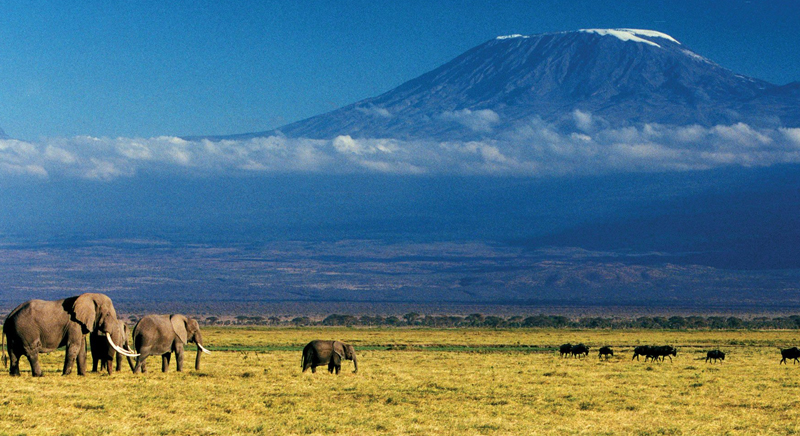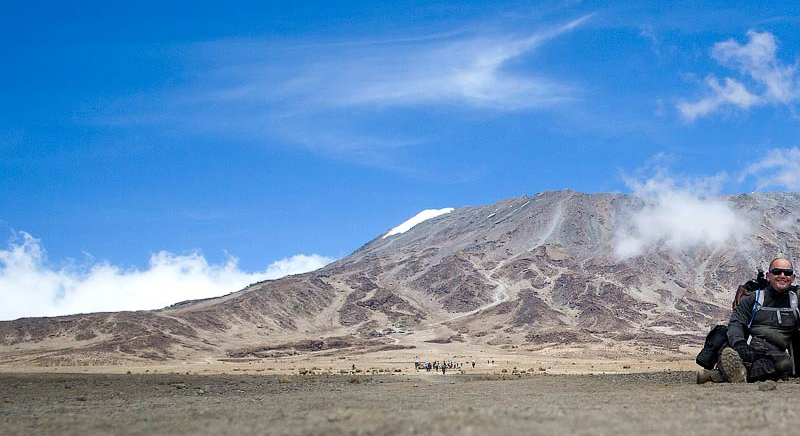

Mountain Altitude Sickness
Altitude sickness is avoidable. The only surefire way to to do is to take your time climbing Kilimanjaro. Opting to save money by climbing the mountain as quickly as possible is a false economy: the chances are you will have to turn back because of altitude sickness and all your efforts (and money) will be wasted. According to the Expedition Advisory Committee at the Royal Geographical Society, the recommended acclimatization period for any altitude greater than 2500m is to sleep no more than 300m higher than your previous night’s camp, and to spend an extra night at every third camp.
But if you were to follow this on the Kilimanjaro’s Marangu Route, for example, from Mandara Huts you would have to take a further eight nights in order to safely adjust to the Kibo Huts’ altitude of 4700m – whereas most trekkers take just two days to walk between the two. Every year, people die of altitude sickness. All of these deaths are preventable. If you are travelling above 2500m (8000ft), read this information and tell your companions about it - it could save your life. What is altitude sickness?
Altitude sickness has three forms. Mild altitude sickness is called acute mountain sickness (AMS) and is quite similar to a hangover - it causes headache, nausea, and fatigue. This is very common: some people are only slightly affected, others feel awful. However, if you have AMS, you should take this as a warning sign that you are at risk of the serious forms of altitude sickness: HAPE and HACE*. Both HAPE and HACE can be fatal within hours.
HAPE
HAPE is excess fluid on the lungs, and causes breathlessness. It is never normal to feel breathless when you are resting - even on the summit of Everest. This should be taken as a sign that you have HAPE and may die soon. HAPE can also cause a fever (a high temperature) and coughing up frothy spit. HAPE and HACE often occur together.
HACE
HACE is fluid on the brain. It causes confusion, clumsiness, and stumbling. The first signs may be uncharacteristic behaviour such as laziness, excessive emotion or violence. Drowsiness and loss of consciousness occur shortly before death.